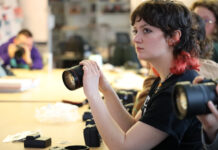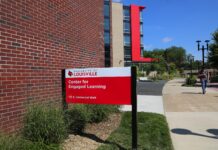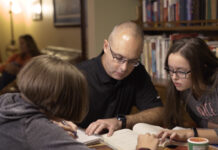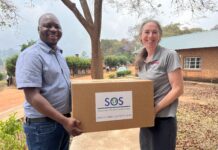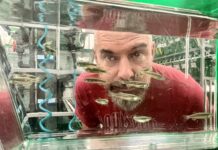The site, called Historypin, is a free, user-generated archive of historic photographs and personal stories created by the British nonprofit company We Are What We Do. Through it, users “pin” their photos to a map using geographical coordinates. The site uses Google Maps Street View technology to provide contemporary images, when available, of the same location.
Curator Elizabeth Reilly said she thinks We Are What We Do asked Photographic Archives to be part of its site “because we have amazing photos, many of which are digitized and accessible on UofL’s website.”
The archives’ extensive collections contain photos from some of the most prominent and prolific photographers in Louisville.
“We decided to participate (in the site) because we want to promote our photographic archives nationally (and internationally) and make use of Web 2.0 technologies,” Reilly said. “Historypin is a great way for children to interact with and discover the history of Louisville.”
Younger Louisville residents, for instance, may see images of the 1937 flood for the first time, or of, Fontaine Ferry Park and White City Amusement Park. They also may see familiar sites in a different way. A July 16, 1921 Caufield and Shook photo of the main branch of the Louisville Free Public Library could pass for a current photo – if not for the clothing and bicycles of five boys standing in front of it.
Already, Photographic Archives has added more than 50 images of 20th century Louisville but “will continue to add more regularly as a way to promote its extensive collections in an innovative way,” Reilly said.
The Historypin site launched in July after a year of testing. Photographic Archives, a partner institution, participated in the website’s beta testing and is one of the first university archives to contribute to the project.






